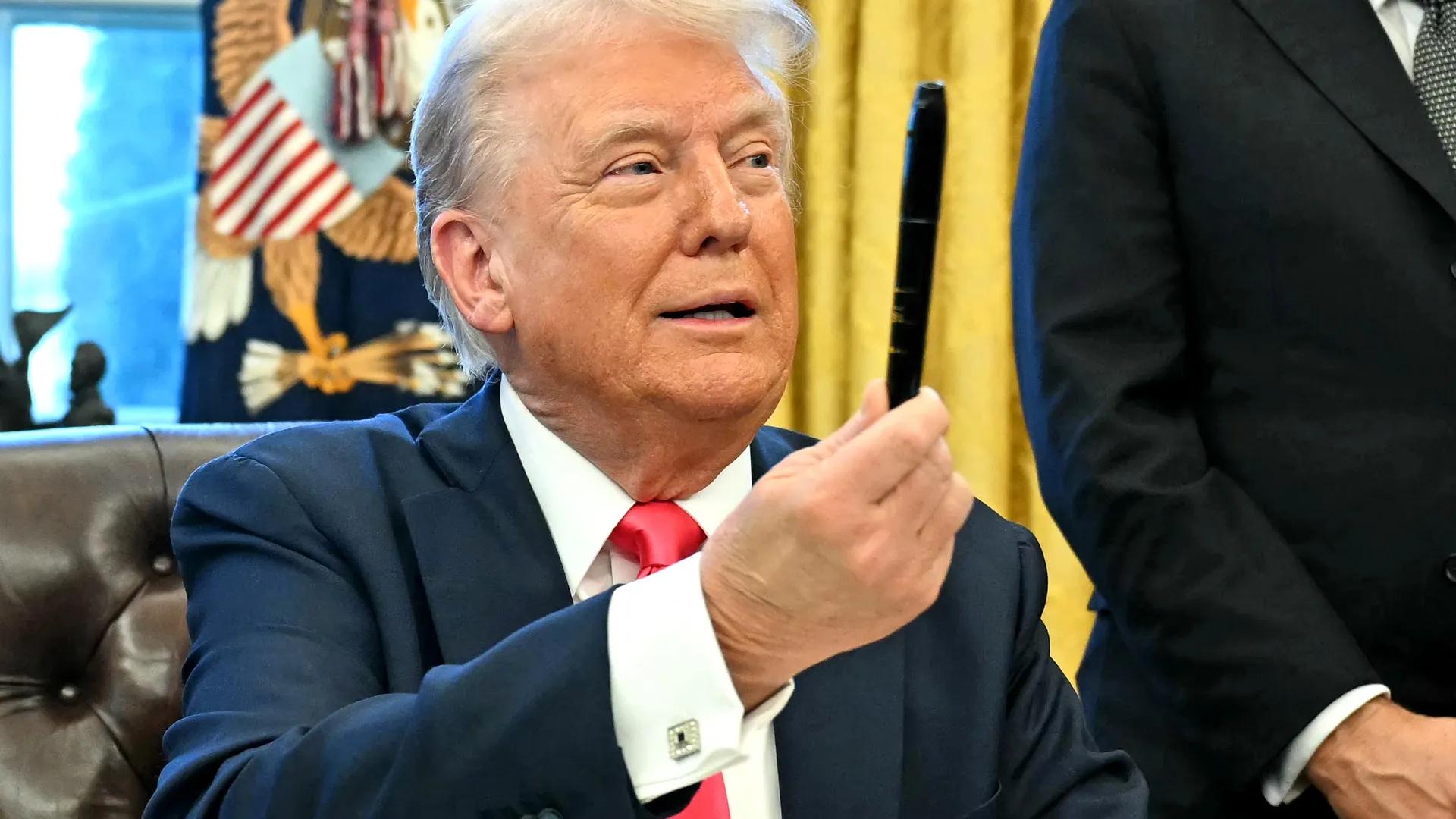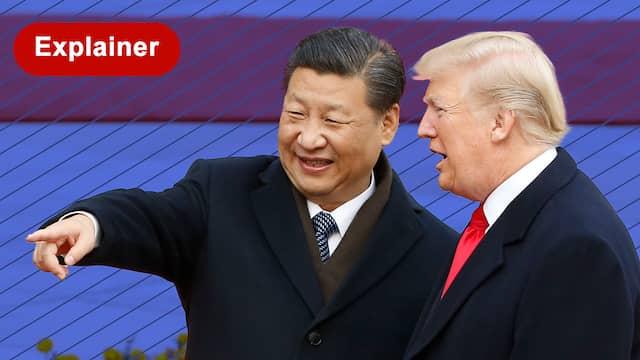Impact of Additional Tariffs on US-China Trade Relations
The announcement of a 10% tariff on Chinese imports marks a meaningful escalation in the U.S.-China trade tensions, potentially reshaping the landscape of bilateral trade relations. Economic analysts warn that these additional fees could lead to an array of repercussions, including:
- Increased costs for American consumers, especially for everyday goods that are ofen manufactured in China.
- Strain on U.S. businesses reliant on chinese supply chains, which may lead to production delays and increased operational costs.
- A retaliatory response from China, which has historically employed tariffs as a countermeasure, potentially impacting U.S. exports.
Furthermore, this move could exacerbate existing uncertainties in the global market, affecting not only U.S.-China trade but also other international economic relations.The overall impact may ripple through various sectors, leading to:
- increased volatility in stock markets as investors react to trade news.
- Heightened negotiations for multinational companies looking to diversify supply chains.
- Potential job losses in sectors heavily reliant on imports or exports with China.
As both nations grapple with these economic pressures, observers will be keen to monitor how this tariff strategy unfolds and whether it leads to a renewed dialog or further confrontation in the future.

Economic Consequences for American Consumers and Businesses
The announcement of a 10% tariff on imports from China is set to create ripples through the American economy, affecting both consumers and businesses. Affected products may include a wide array of electronics, clothing, and household goods, leading many to speculate on the potential price increases. Consumers can expect to face a range of implications such as:
- Higher Prices: Retail prices for many everyday items are likely to rise as companies pass on the costs associated with the tariffs.
- Decreased Purchasing Power: With prices climbing, consumers may have to rethink their spending habits, prioritizing essentials over discretionary purchases.
- Economic Uncertainty: Heightened tensions can lead to a lack of confidence in the market, making consumers hesitant to spend.
For businesses, especially those relying heavily on imported goods, the tariffs can disrupt supply chains and squeeze profit margins. Companies may be forced to make tough decisions, such as:
- Cost-Cutting Measures: many firms may need to consider layoffs or reduced hours as they grapple with increased costs.
- Price Adjustments: In a bid to maintain profits, businesses may pass these costs onto consumers, potentially causing a further decline in sales.
- Exploring Choice Markets: Companies might seek to diversify their supply chains by sourcing materials from countries not affected by tariffs.

Strategic Responses for Companies Navigating Tariff Changes
In response to the recent announcement of a 10% tariff on goods from China, companies must adopt a proactive approach to mitigate the financial impact. Organizations should prioritize a thorough assessment of their supply chains to identify vulnerabilities and explore alternative sourcing strategies. Engaging with local suppliers or diversifying material sources can enhance resilience while potentially lowering costs. Companies are also encouraged to leverage technology for better inventory management, ensuring that they can adapt to fluctuating market conditions.
Moreover, strategic communication with stakeholders is crucial during periods of uncertainty. Companies could consider the following actions:
- Obvious Messaging: Keep employees and consumers informed about tariff implications and the company’s response strategy.
- price Adjustments: Assess the potential for modest price increases to offset tariff impacts while maintaining competitiveness.
- Advocacy: Engage in dialogues with industry associations to lobby against harmful tariffs and seek supportive policies.
- Innovation: Invest in product development to differentiate offerings and reduce reliance on tariff-affected imports.

long-Term Implications for Global Supply Chains and market Dynamics
the announcement of an additional 10% tariff on Chinese goods by the U.S. government is poised to considerably reshape global supply chains. in a marketplace increasingly characterized by interdependence, businesses will likely face heightened uncertainty as they gauge the implications of higher tariffs on cost structures.
- Companies may pivot towards diversifying their supply chains, seeking alternatives to China for manufacturing and sourcing.
- this could amplify trends toward regionalization, with firms exploring production in countries such as Vietnam, India, or Mexico to mitigate tariffs.
- Long-term, these shifts may lead to increased operational costs, affecting pricing strategies and consumer demand.
Moreover, the new tariffs have the potential to catalyze shifts in market dynamics, prompting not only American manufacturers but also Chinese firms to reassess their strategies in response to changing trade landscapes.
- Investment in automation and technology may accelerate as businesses seek to maintain competitive advantage in a tightening market.
- Consumers might experience changes in product availability and pricing, leading to a reassessment of market demand and buyer behavior.
- this rapidly evolving scenario will necessitate agile responses from corporations, impacting everything from supply chain logistics to pricing strategies across the board.
